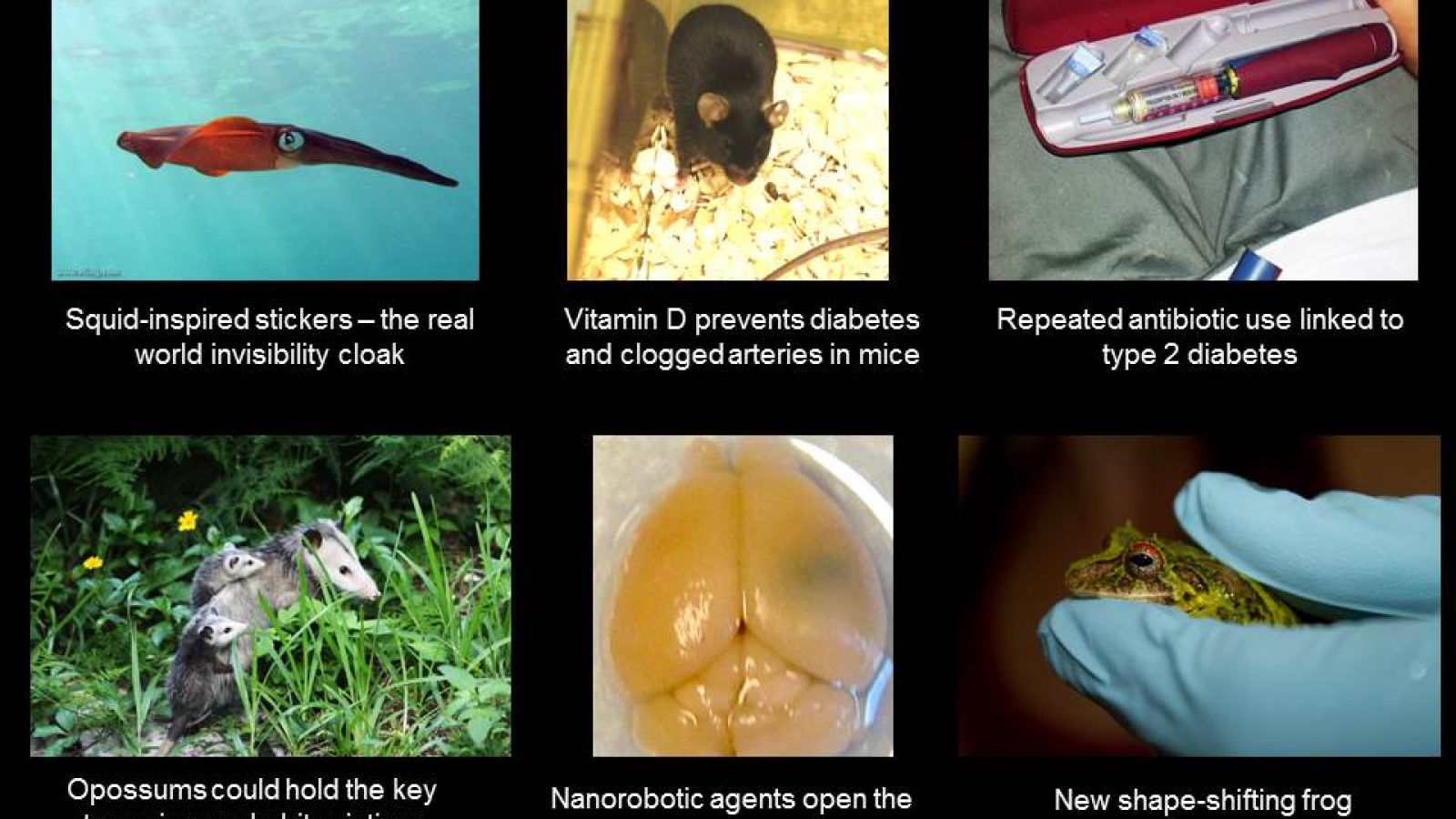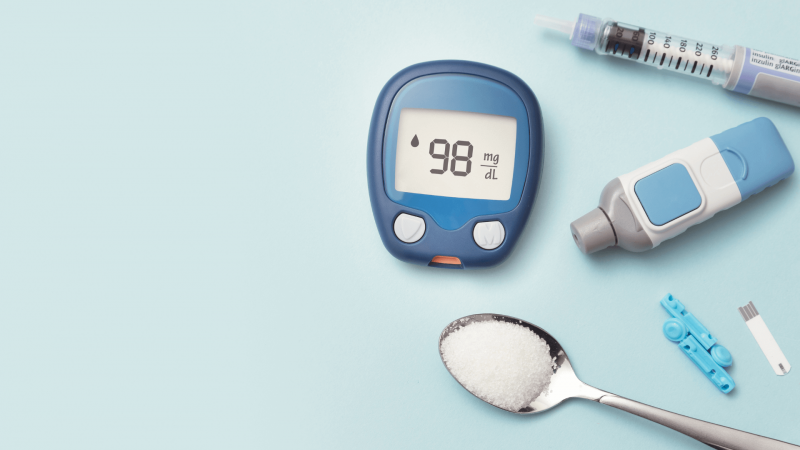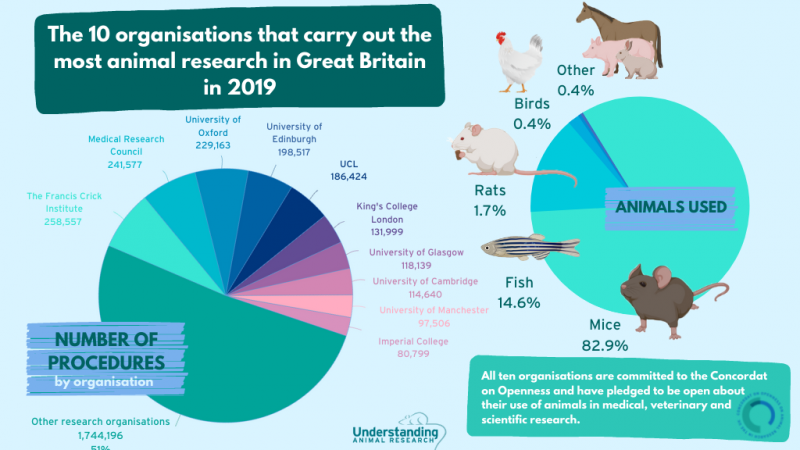23/03/15
Vitamin D prevents diabetes and clogged arteries in mice. New research in mice suggests vitamin D plays a major role in preventing the inflammation that leads to type 2 diabetes and atherosclerosis. Researchers found that mice that lacked the ability to process vitamin D in immune cells involved in inflammation made excess glucose, became resistant to insulin action and accumulated plaques in their blood vessels. In addition, inadequate vitamin D turned cells into fat transporters. The way key immune cells behave without adequate vitamin D may provide scientists with new therapeutic targets for patients with those disorders.
https://news.wustl.edu/…/Vitamin-D-prevents-diabetes-clogge…
For more information on diabetes in the news:http://www.animalresearch.info/…/research-the-news/diabetes/
24/03/15
A new species of frog, pristimantis mutablilis, in Ecuador can change its skin patterns to mimic the textures of the world around it. The creature can change from smooth to spiky and back again in minutes.
Ms Krynak said:
"I then put the frog back in the cup and added some moss. The spines came back... we simply couldn't believe our eyes, our frog changed skin texture"
http://www.dailymail.co.uk/…/The-incredible-shape-shifting-…
26/03/15
Opossums could hold the key to saving snakebite victims. Scientists have known since the 1940s that Virginia opossums possess some level of immunity to snake venom, but now the scientists have isolated the compound responsible for the opossum’s superpower. Experiments with mice have shown that the compound in the marsupial’s blood can neutralize venom. The molecule worked against several venomous snake species including rattlesnakes and viper venom. Scientists believe that the substance could be mass produced to create an inexpensive and universal anti-venom – 94,000 people die each year from snakebites.
"The mice that were given the venom incubated with the peptide never showed any signs [of being sick]," says Claire Komives, a professor of chemical engineering at San Jose State University in California. "It was like a miracle, that this peptide really has this activity."
Repeated antibiotic use linked to type 2 diabetes. People who need repeated courses of antibiotics may be at increased risk of developing type 2 diabetes. This does not necessarily mean that the drugs trigger diabetes - infections may be a warning sign that diabetes in imminent, people with type 2 diabetes are prone to skin and urine infections for example. Our guts are lined with billions of bacteria and antibiotics can wipe some of these out. Studies in animals and humans have hinted that changes to this ‘digestive ecosystem’ might contribute to conditions such as diabetes and obesity.
Dr Boursi said: "Over-prescription of antibiotics is already a problem around the world as bacteria become increasingly resistant to their effects. Our findings are important, not only for understanding how diabetes may develop, but as a warning to reduce unnecessary antibiotic treatments that might do more harm than good."
http://www.bbc.co.uk/news/health-32034195
27/03/15
Nanorobotic agents open the blood-brain barrier, offering hope for new brain treatments. Magnetic nanoparticules tested in rodents can open the blood-brain barrier and deliver molecules directly to the brain, what 99% of therapeutic molecules are unable to do. The barrier is temporary opened at a desired location for approximately 2 hours by a small elevation of the temperature generated by the nanoparticles when exposed to a radio-frequency field. This could lead in breakthroughs in the treatment and diagnosis of brain disorders.
http://phys.org/news/2015-03-nanorobotic-agents-blood-brain-barrier-brain.html
Squid-inspired stickers – the real world invisibility cloak. Stickers invisible under near infra red light have been made possible thanks to layers of the protein reflectin. This molecule allows squid to rapidly change their skin colour and blend in with their environment. These stickers may potentially shield soldiers from detection by night-vision cameras.
http://www.the-scientist.com/?articles.view/articleNo/42529/title/Squid-Inspired-Stickers/
Photo: https://www.flickr.com/photos/rling/
Last edited: 6 April 2022 08:41




